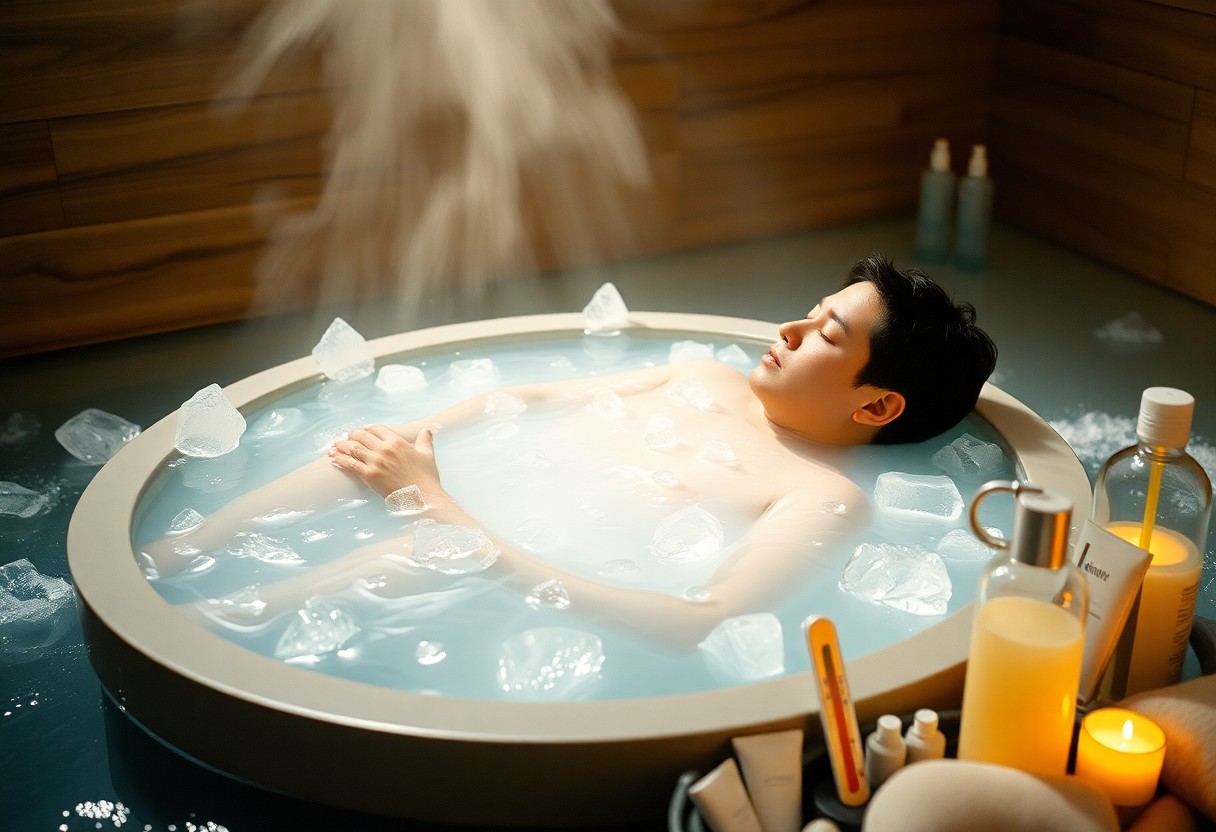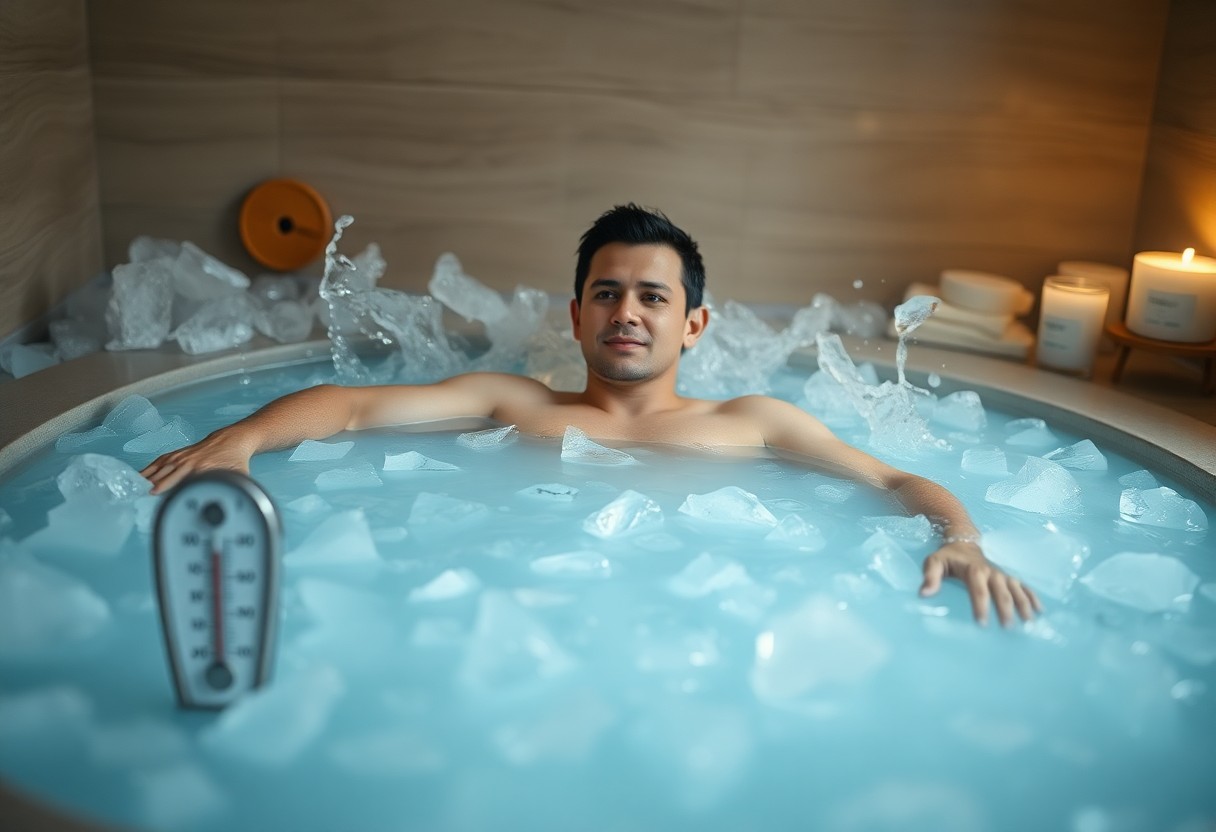As you consider trying cold therapy, you may wonder about its effects on your body. Cold temperatures can have a significant impact on your physical and mental well-being. You may have heard about the numerous benefits, including reduced inflammation and improved mental clarity. However, you should also be aware of the potential risks, such as hypothermia and frostbite, especially if you have certain underlying health conditions. In this post, you will learn the truth about cold therapy and how it can affect your body.
Benefits of Cold Therapy
The numerous advantages of cold therapy can be experienced by you when incorporated into your daily routine. You can expect improved overall well-being and enhanced physical and mental health.
Physical Benefits
Cooling your body can lead to reduced inflammation and relief from pain, allowing you to recover faster from injuries and intense workouts, making it a great addition to your fitness regimen.
Mental Benefits
Chilling your nerves can help you build mental toughness and increase your willpower, enabling you to tackle challenges with a clearer mind and a more positive attitude, which can be beneficial for your personal and professional life.
The mental benefits of cold therapy can have a profound impact on your life, as you will be able to manage stress and anxiety more effectively, leading to a more balanced and peaceful life, and as you continue to practice cold therapy, you will notice significant improvements in your overall mental well-being, allowing you to enjoy a better quality of life.
The Science Behind Cold Therapy
While delving into the world of cold therapy, you may wonder how it affects your body. Cold therapy, also known as cryotherapy, has been used for centuries to reduce inflammation and improve recovery. As you explore its benefits, you’ll discover that it has a significant impact on your overall health.
How it Works
For instance, when you expose your body to cold temperatures, it causes blood vessels to constrict, which helps to reduce swelling and relieve pain. This process also increases your circulation, allowing your body to heal faster.
The Role of Cryotherapy
Therapy using cold temperatures has been shown to have numerous health benefits, including reducing muscle spasms and improving mental clarity. As you consider incorporating cryotherapy into your routine, you should be aware of the potential risks, such as hypothermia and frostbite.
In fact, when you use cryotherapy correctly, it can be a highly effective tool for improving your overall health. You can use it to enhance your athletic performance, reduce stress, and even improve your mood. However, it’s crucial to follow proper safety protocols to avoid any adverse effects, such as nerve damage or skin irritation. By understanding the benefits and risks, you can harness the power of cryotherapy to transform your health and unlock your full potential.

Types of Cold Therapy
You can try different types of cold therapy, including:
- Cryotherapy
- Ice Baths
- Cold Showers
- Cold Compress
- Cryosaunas
Recognizing your options, you can see them in the table below:
| Type | Description |
|---|---|
| Cryotherapy | Whole body exposure |
| Ice Baths | Cold water immersion |
| Cold Showers | Cold water therapy |
| Cold Compress | Cold pack application |
| Cryosaunas | Nitrogen gas exposure |
Ice Baths
Any time you decide to try ice baths, you should be prepared for extreme cold. You will need to fill a tub with ice and water, then immerse your body for a certain period.
Cryosaunas
To experience whole-body cryotherapy, you can use a cryosauna. You will be exposed to extremely cold temperatures, which can be beneficial for your body.
Cryosaunas are enclosed chambers that use liquid nitrogen to cool the air. You will be exposed to temperatures as low as -200°F for a few minutes. This can be very beneficial for inflammation reduction and pain relief, but it can also be dangerous if not done properly. You should always consult with a professional before trying cryosaunas to ensure your safety.

Potential Risks and Side Effects
Your body’s response to cold therapy can be unpredictable, and excessive exposure may lead to adverse effects, so it’s vital to be aware of the potential risks involved.
Hypothermia
Between the benefits and risks, hypothermia is a significant concern when using cold therapy, as your body temperature can drop dangerously low, causing confusion, drowsiness, and even organ failure.
Frostbite
The cold temperatures used in therapy can also cause frostbite, which may lead to permanent damage to your skin and underlying tissues, so you need to be cautious and take necessary precautions.
Side effects of frostbite can be severe, including numbness, tingling, and gangrene in extreme cases, so you should monitor your body’s response to cold therapy and seek medical attention if you experience any unusual symptoms, as prompt treatment can help prevent long-term damage and ensure your safety.
Who Can Benefit from Cold Therapy
All individuals can benefit from cold therapy, as it has various advantages for overall health and wellness. You can use it to improve your physical and mental condition, and it’s crucial to understand who can benefit the most from this therapy.
Athletes
Besides professional athletes, you can also benefit from cold therapy if you engage in regular physical activities. As you exercise, your body experiences inflammation and muscle soreness, and cold therapy can help alleviate these symptoms, allowing you to recover faster and get back to your routine.
Individuals with Inflammatory Conditions
Together with other treatments, you can use cold therapy to manage inflammatory conditions such as arthritis. To alleviate pain and swelling, you can apply cold compresses or take cold baths, which can help reduce inflammation and improve your overall well-being.
In addition, as you consider using cold therapy for inflammatory conditions, you should be aware of the potential risks and consult with your doctor to determine the best course of treatment for your specific condition. You can benefit from reduced inflammation and improved mobility, but it’s crucial to use cold therapy safely and effectively to avoid any adverse effects.
Incorporating Cold Therapy into Your Routine
After deciding to try cold therapy, you’ll want to start with small, manageable sessions to allow your body to adapt. This will help you avoid shock and discomfort. You can begin with short periods of cold exposure, such as taking a cold shower or applying an ice pack to a specific area.
Starting Slow
Stepping into cold therapy slowly is imperative to reap its benefits. You can start by incorporating cold showers into your daily routine, beginning with warm water and gradually decreasing the temperature. This will help your body acclimatize to the cold and reduce the risk of injury.
Safety Precautions
Proceeding with caution is vital when using cold therapy. You should consult a doctor before starting any new therapy, especially if you have any underlying medical conditions. Be aware of the risks of frostbite and hypothermia, and never leave an ice pack on your skin for too long.
Therapy using cold temperatures can be highly beneficial, but it’s imperative to take necessary precautions. You should monitor your body’s response to cold therapy and stop immediately if you experience any pain, numbness, or discomfort. By being mindful of the potential risks and taking steps to mitigate them, you can safely enjoy the benefits of cold therapy, including reduced inflammation and improved recovery.
Conclusion
Summing up, you now have a better understanding of the effects of cold therapy on your body. You can weigh the benefits and risks to decide if it’s right for you. Your health goals and current condition will help you make an informed decision about incorporating cold therapy into your routine, allowing you to take control of your wellness and make the best choice for your body.

